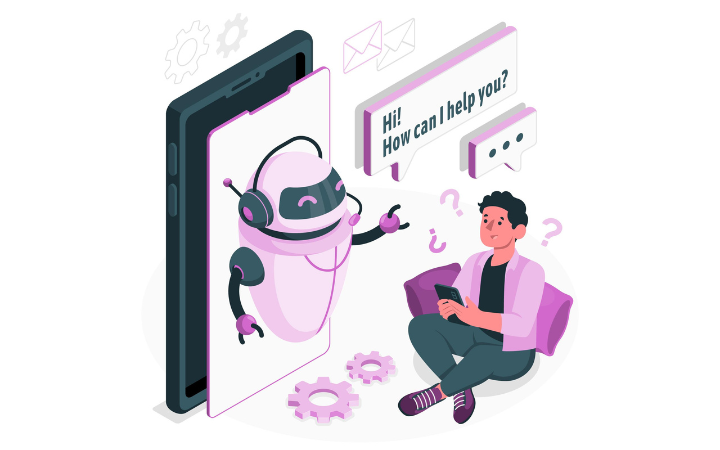26 June 2023, Geneva, Switzerland - Are you curious about how artificial intelligence (AI) can help you design more effective learning experiences? You have probably heard of AI and perhaps experimented with some AI tools, but you either found it overwhelming or were not necessarily impressed by the results. What if we told you that, when used properly, AI can contribute to creating innovative, inclusive and impactful educational experiences that promote the advancement of the Sustainable Development Goals (SDGs)?
In this article, we will share some examples of how we have used AI to enhance learning design and how this aligns with our mission to advance the SDGs
Audience Analysis: How AI can help you understand your learners and their needs better
One of the first steps in building a quality learning experience is to understand the needs and preferences of your audience. Audience analysis is crucial to tailor the content, format, and delivery to the specific aims, motivations, and challenges of your learners. However, when working with a large or diverse group of learners, undertaking a comprehensive audience analysis can be difficult and time-consuming.
You can use AI to support you in generating insights about the demographics, interests, behaviours, and preferences of your learners. For example, AI tools can help you create learner personas and profiles by analysing data from surveys, social media, web analytics, and other sources. These personas can help you empathise with your learners to design learning experiences that suit their needs.
Tooltip
Copy the data from your surveys into ChatGPT and add a prompt describing what you need support with. For example: "I am conducting a needs assessment. Help me analyse the results by summarising the information provided by participants who responded to the question..."
Similarly to audience analysis, data processing during evaluation can feel like an overwhelming task. You can put AI to work to ease your workload and help you draw analytical insights, collect lessons learned and generate recommendations for improvement.
Tooltip
Copy the data from your surveys into ChatGPT and add a prompt describing what you need support with. For example: "I am conducting a reaction evaluation of a learning event. Help me analyse the results by summarising a) key challenges participants faced during the course and areas of improvement b) positive feedback received from participants c) etc.”
Role-play Creation: How AI can help create immersive scenarios
AI can also support the creation of immersive role-playing scenarios. Scenarios based on real-life situations gathered by AI tools can provide learners with the opportunity to engage actively and think critically about what they can do to promote and implement the SDGs in their daily lives.
AI tools can help generate realistic and diverse scenarios based on the learning objectives and context. For example, they can help create dialogue scripts, characters, settings, and outcomes for your role-playing scenarios. These scenarios can be delivered through various formats such as text, audio, video, or even virtual reality.
Tooltip
Enter a prompt to ChatGPT giving the context and topic of the role play, and the learning objective you are trying to achieve. Ask for a role play prompt or script to be created between a set number of players. For example: You are creating an activity for participants to practice active listening. As a training designer, you want two participants to role play in front of the entire group. The role play will demonstrate poor listening skills. Your task: Generate two different scripts for the participants to read, using the information above. After sending the prompt to ChatGPT, you will certainly need to ask for adjustments like “Apply this role play in a work context”, “Use a formal tone”, ”Add fun elements”, etc.You can also edit the prompt itself to try out what works best.
The Limitations and Future of AI in Learning Design
The future of AI in learning design holds immense potential for advancing the SDGs. AI systems can evolve to provide personalized learning pathways, adaptive feedback mechanisms, and real-time assistance, enabling learners to tackle complex challenges aligned with the SDGs.
However, we must also acknowledge the limitations of AI in learning design. It requires careful planning, quality control, ethical considerations, and human oversight from quality learning specialists. These measures along with human expertise are essential to ensure both accurate and ethical content generation.
By addressing bias, fostering inclusivity, and promoting ethical AI practices, we can harness the full potential of AI to drive SDG-related learning experiences. Collaboration between educators, technologists, and policymakers will be crucial to ensure that AI integrates seamlessly into educational ecosystems, ultimately propelling progress towards the SDGs.
Read more about Learning Solutions for Peace and reach out to the UNITAR Learning Solutions team at learning.solutions@unitar.org





